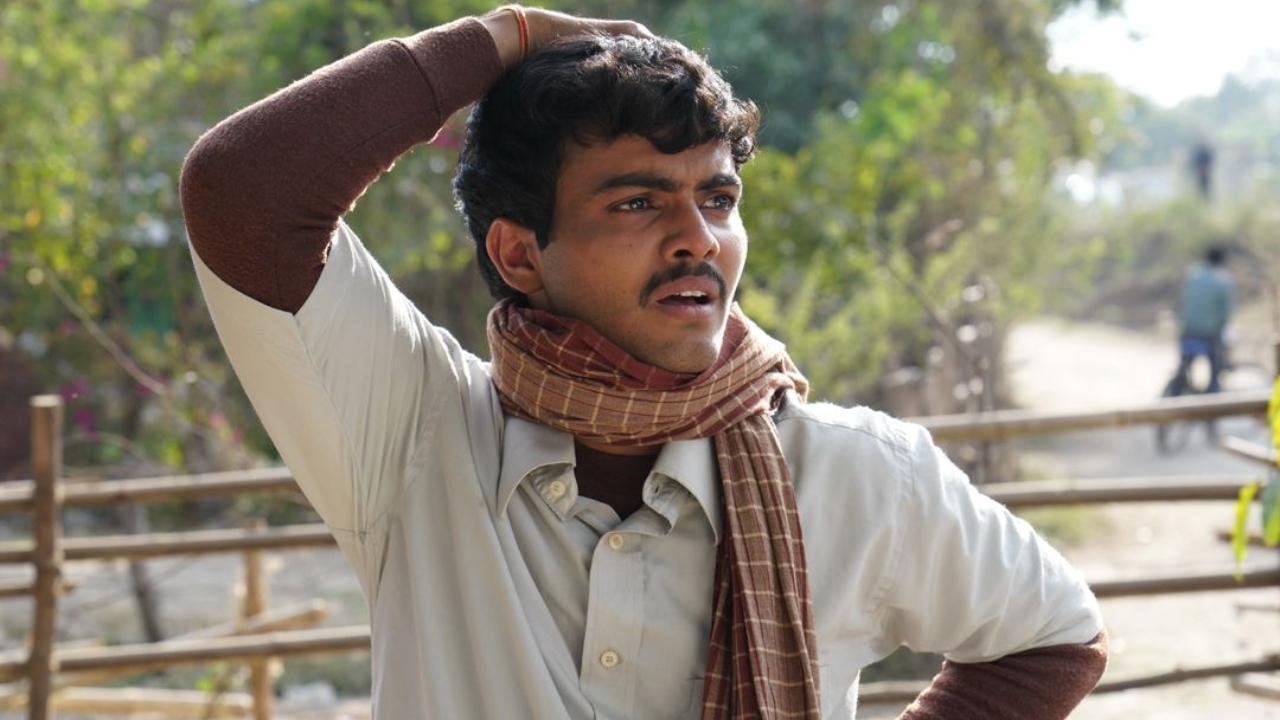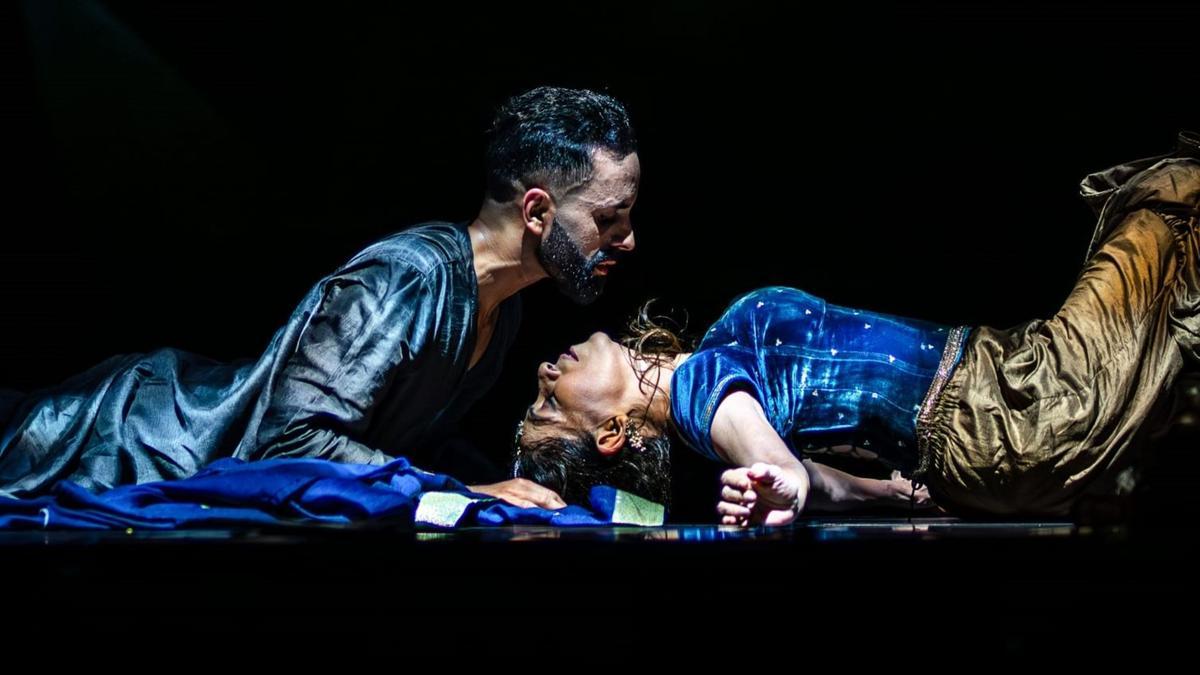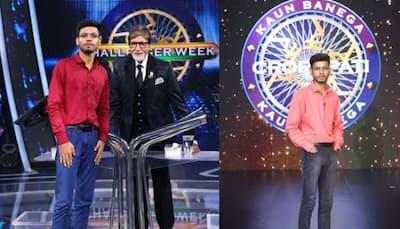
Thomas Vo Van Tao, from France, stands as a unique figure in the realm of Indian classical dance, being one of the very few male exponents of Mohiniyattam. This classical dance form, traditionally known as the dance of the enchantress and predominantly performed by women, has found a passionate advocate in Thomas. With over a decade of Bharatanatyam training, his journey took a significant turn when he identified Mohiniyattam as his true calling. Under the guidance of Neena Prasad, he honed his skills and developed a nuanced expression in abhinaya, or expressive storytelling. Now, Thomas not only performs extensively but also teaches Mohiniyattam in Paris, bridging cultural and geographical divides.
**Early Fascination with Indian Classical Dance**
Thomas’s journey into the world of Indian classical dance began serendipitously. At the age of eight, a documentary on South India, featuring a brief segment of a couple dancing, captivated him. This early encounter laid the foundation for his future pursuits. Years later, he met his first Bharatanatyam teacher, embarking on a decade-long learning experience. His transition to Mohiniyattam occurred during a visit to Kerala. The first class he attended was a revelation, igniting a deep affinity for the dance form.
**Embracing Mohiniyattam Despite Gender Norms**
When asked why he switched from Bharatanatyam to Mohiniyattam, Thomas elaborated on the profound sense of fulfillment he experienced while performing Mohiniyattam. Unlike Bharatanatyam, where he felt confined to compositions emphasizing masculinity, Mohiniyattam offered a vocabulary of movements that resonated deeply with him. This dance form allowed him to explore a broader spectrum of expression, accommodating what society traditionally labels as femininity. He emphasized that rather than finding his gender a constraint, Mohiniyattam provided him the space to embrace and express his gender identity’s complexity. However, he acknowledged that some still perceive his gender as a constraint in the context of this dance form.
**Navigating Language Barriers**
Language, an integral aspect of Indian classical dance, often poses challenges, and Thomas’s experience is no exception. He pointed out that non-Tamil or non-Telugu speaking Indian dancers face similar hurdles, relying on translations to understand the lyrics deeply. He debunked the misconception that Mohiniyattam’s entire repertoire is confined to Malayalam or Manipravalam.
. Instead, the dance form includes compositions in various languages, enriching its linguistic diversity. While understanding the language of a composition enhances spontaneity in abhinaya, Thomas admitted that everyday communication in Kerala remains an area where he feels a tangible gap.
**Influence of Academic Research**
Thomas’s academic background in research has profoundly influenced his dance practice. His Master’s thesis on the contemporary history of Bharatanatyam highlighted discrepancies between its documented history and the narratives he encountered in dance class. This conflict partly led him to discontinue Bharatanatyam. Though he hasn’t conducted formal research on Mohiniyattam, he avidly reads available literature on the subject. Unfortunately, academic works on the pre-Kalamandalam era of Mohiniyattam are scarce, as many practitioners and witnesses of that time are no longer alive.
**Performing and Teaching in France**
Living and working in France, Thomas acknowledges the challenges posed by performing an art form rooted in a culture far removed from his current environment. France has a history of non-Indian practitioners of Indian dance, dating back to the 1930s. Despite this, setting a context for his practice remains challenging. Audiences often come with preconceived notions about the exoticism and antiquity of Indian dances. Reconciling his experiences in India with these perceptions involves continuous efforts to spread awareness through performances and conversations, helping people understand that Indian dance is not as exotic or vastly different as they might assume.
**Contemporizing Mohiniyattam**
Thomas passionately argues that Mohiniyattam, like all art forms, is not constrained by time or space. It continues to evolve, shaped by contemporary practitioners. He believes that Mohiniyattam is, in many ways, ahead of its time. Its emphasis on slowing down and observing aligns with modern sensibilities, making it a dance form that remains relevant and dynamic.
Thomas Vo Van Tao’s journey is a testament to the transformative power of art. His dedication to Mohiniyattam challenges traditional gender roles, navigates linguistic barriers, and bridges cultural divides, enriching the global tapestry of Indian classical dance.
(Kunal Ray writes on art & culture. He teaches at FLAME University, Pune)
Published – September 23, 2024 05:52 pm IST
Friday Review










